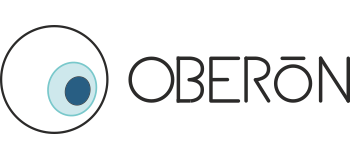GOALS AND STRUCTUREAbstract
and biomechanical properties






GOALS AND STRUCTUREAbstract
This impressive flexibility results from the delicate way in which the mechanical properties of the eye very precisely affect its optics.
These properties vary considerably between individuals and can alter over time in response to visual demands, as well as with eye growth, ageing and pathology.
The origins of these biomechanical changes over time are very poorly understood, however, and point at a need for answers, given the increase in life expectancy and in societal demands for high quality vision.
To address these issues, we present the first European collaboration that brings together a group of scientists that work on the optics and biomechanics of the eye, cover a broad range of disciplines and skills.
This highly interdisciplinary consortium will also create a training network to give young researchers the opportunity to learn from renowned experts on ocular optomechanics, share their learning experiences and take advantage of placements in Universities, hospitals and industry.
This will give them a wide and novel skill set to translate their research to scientific, industrial, or clinical applications, such as a new generation intraocular implants for cataract surgery, biologically relevant eye models that mimic the eye at any age, and novel treatment therapies that can control, reduce or ultimately prevent refractive error from occurring.
These anticipated innovations will lead to wide-reaching and pioneering advances to enhance our understanding of the interrelationship between ocular optics and biomechanics. From this, the young researchers will emerge with multi-disciplinary, versatile skills, be highly employable, able to address skills shortages, be leaders in vision science and pioneer new industries in optical design and modelling.






Network Coordinator
University of Minho
School of Science
4710-057, Gualtar
Braga – Portugal
GOALS AND STRUCTURE
MEMBERS
PROJECTS
DISSEMINATION
Funding Acknowledgement: This project has received funding from the European Union’s Horizon 2020 research and innovation programme under the Marie Skłodowska-Curie grant agreement No 956720

